Best movies & TV Shows like Clue Club
A unique, carefully handpicked, selection of the best movies like Clue Club Starring Bob Hastings, Paul Winchell, John Stephenson, Tara Talboy, and more. If you liked Clue Club then you may also like: Blue's Clues, Captain Caveman and the Teen Angels, Captain Kangaroo, Dynomutt, Dog Wonder, Electra Woman and Dyna Girl and many more popular movies featured on this list. You can further filter the list even more or get a random selection from the list of similar movies, to make your selection even easier.
Clue Club is a 30-minute Saturday morning animated series produced by Hanna-Barbera Productions from August 14, 1976 to September 3, 1977 on CBS. Clue Club only had one season’s worth of first-run episodes produced, which were shown on Saturday mornings on CBS. In the fall of 1977, cut-down versions of the half-hour episodes of Clue Club appeared under the new title Woofer & Wimper, Dog Detectives to showcase the show's basset and bloodhound which aired as a segment on the CBS Saturday morning package program The Skatebirds from September 10, 1977 to January 28, 1978. When The Skatebirds was cancelled in early 1978, Woofer & Wimper, Dog Detectives re-appeared as a segment alongside The Robonic Stooges on their half-hour show, also on CBS. The full-length versions of Clue Club returned to CBS on Sunday mornings from September 1978 to September 1979, concluding the show’s original network run. After a mid-1980s revival on USA Cartoon Express, it has since resurfaced on Cartoon Network and Boomerang.
You may filter the list of movies on this page for a more refined, personalized selection of movies.
Still not sure what to watch click the recommend buttun below to get a movie recommendation selected from all the movies on this list
Captain Caveman and the Teen Angels
Captain Caveman and the Teen Angels is an animated series created by Joe Ruby and Ken Spears and produced by Hanna-Barbera Productions from September 10, 1977 to June 21, 1980 on ABC. The first and second seasons were originally broadcast as segments on the package shows Scooby's All-Star Laff-A-Lympics and Scooby's All-Stars from 1977 to 1979 and the third season featured Captain Caveman and the Teen Angels in their own half-hour timeslot in 1980.
Captain Kangaroo
Captain Kangaroo was an American children's television series which aired weekday mornings on the American television network CBS for nearly 30 years, from October 3, 1955 until December 8, 1984, making it the longest-running nationally broadcast children's television program of its day. In 1986, the American Program Service integrated some newly produced segments into reruns of past episodes, distributing the newer version of the series until 1993. The show was conceived and the title character played by Bob Keeshan, who based the show on "the warm relationship between grandparents and children." Keeshan had portrayed the original Clarabell the Clown on The Howdy Doody Show when it aired on NBC. Captain Kangaroo had a loose structure, built around life in the "Treasure House" where the Captain would tell stories, meet guests, and indulge in silly stunts with regular characters, both humans and puppets. The show was telecast live to the East Coast and the Midwest for its first four years and broadcast on kinescope for the West Coast, as Keeshan would not perform the show live three times a day, and was in black-and-white until 1966. The May 17, 1971 episode saw two major changes on the show: The Treasure House was renovated and renamed "The Captain's Place" and the Captain replaced his navy blue coat with a red coat. In September 1981, CBS shortened the hour-long show to a half-hour, briefly retitled it Wake Up with the Captain, and moved it to an earlier time slot; it was later moved to weekends in September 1982, and returned to an hour-long format. It was canceled by CBS at the end of 1984.
Dynomutt, Dog Wonder
Dynomutt, Dog Wonder is an American animated television series produced for Saturday mornings by Hanna-Barbera Productions. The show centers around a Batman-esque super hero, the Blue Falcon, and his assistant, bumbling yet generally effective robot dog Dynomutt, who can produce a seemingly infinite number of mechanical devices from his body. As with many other animated super-heroes of the era, no origins for the characters are ever provided. Dynomutt was originally broadcast as a half-hour segment of The Scooby-Doo/Dynomutt Hour and its later expanded forms Scooby's All-Star Laff-a-Lympics and Scooby's All-Stars; it would later be rerun and syndicated on its own from 1978 on. The cast of The Scooby-Doo Show appeared as a recurring characters on Dynomutt, assisting the Daring Duo in cracking their crimes. Originally distributed by Hanna-Barbera's then-parent company Taft Broadcasting, Warner Bros. Television currently holds the television distribution to the series.
Electra Woman and Dyna Girl
Electra Woman and Dyna Girl is a Sid and Marty Krofft live action science fiction children's television series from 1976. The series aired 16 episodes in a single season as part of the umbrella series The Krofft Supershow. During the second season, it was dropped, along with Dr. Shrinker. When later syndicated in the package "Krofft Super Stars" and released on home video, the 16 segments, which were each about 12 minutes long, were combined into eight episodes.
George of the Jungle
George of the Jungle is an American animated series produced by Jay Ward and Bill Scott, who created The Rocky and Bullwinkle Show. The character George was inspired by the legend of Tarzan. It ran for 17 episodes on Saturday mornings from September 9 to December 30, 1967, on the American TV network ABC. The half-hour program was distributed for many years by Worldvision Enterprises, currently part of CBS Television Distribution. Each Full Episode was a compilation of 3 mini episodes from 3 different shows: George of the Jungle; Tom Slick; Super Chicken -Each voiced by the same actors.
Inch High, Private Eye
Inch High, Private Eye is a 1973 Saturday morning cartoon produced by Hanna-Barbera Productions. The show originally ran from September 8, 1973, to August 31, 1974, on NBC Saturday morning for 13 episodes. Since the 1980s it has enjoyed resurgence on cable television, in repeats on USA Cartoon Express, Cartoon Network and Boomerang.
Rubik, the Amazing Cube
Rubik, the Amazing Cube is a Saturday morning cartoon that aired from September 10, 1983 to September 1, 1984 in the United States, produced by Ruby-Spears Productions. The program, broadcast as part of The Pac-Man/Rubik, the Amazing Cube Hour block on ABC, featured a magic Rubik’s Cube named Rubik who could fly through the air and had other special powers. Rubik could only come alive when the colored squares on his sides had been matched up. It was the first Saturday morning cartoon show to feature Latino children as the main characters.
The Scooby-Doo/Dynomutt Hour
The Scooby-Doo/Dynomutt Hour is a 60-minute package show produced by Hanna-Barbera Productions in 1976 for ABC Saturday mornings. It marked the first new installments of the cowardly canine since 1973, and contained the following segments: The Scooby-Doo Show and Dynomutt, Dog Wonder.
Shaggy & Scooby-Doo Get a Clue!
Shaggy & Scooby-Doo Get a Clue! is the tenth incarnation of Hanna-Barbera's Scooby-Doo series of Friday night cartoons. It debuted on September 23, 2006, and ran on Kids WB on Saturday mornings. Produced by Warner Bros. Animation, this was the last cartoon series produced by co-creator, Joseph Barbera. The second season premiered on Teletoon in Canada on September 6, 2010, at 8:30 a.m., and is also available online at Cartoon Network Online.
Teenage Mutant Ninja Turtles
Teenage Mutant Ninja Turtles is an American animated television series, mainly set in New York City. It first aired on February 8, 2003 and ended on February 28, 2009. The series marked the revival of the franchise as a Saturday morning cartoon on Fox's Fox Box programming block The TMNT 2003 TV series was produced by 4Kids Entertainment, and Mirage Studios, which each owned half of the rights to the show, and animated by Dong Woo Animation. Reruns ran on Cartoon Network's Miguzi block in 2004. The series migrated to The CW4Kids in its final season after 4Kids's contract with Fox ended. Nickelodeon now owns the rights to this and any future Turtles series.
Yogi's Gang
Yogi's Gang is a 30-minute animated series and the second incarnation of Hanna-Barbera's Yogi Bear which aired 16 half-hour episodes on ABC from September 8, 1973, to December 29, 1973. The show began as Yogi's Ark Lark, a special TV movie on The ABC Saturday Superstar Movie in 1972. Fifteen original episodes were produced for broadcast on ABC, with the hour-long Yogi's Ark Lark thrown in as a split-in-half two-parter. After a successful run on Saturday mornings, Yogi Gang returned in 1977 as a segment on the syndicated weekday series, Fred Flintstone and Friends. In the late 1980s, repeats were shown on USA Cartoon Express and later resurfaced on Nickelodeon, Cartoon Network and Boomerang.
Yogi's Treasure Hunt
Yogi's Treasure Hunt is a cartoon series first aired in 1985 as part of the weekend/weekday morning programming block, The Funtastic World of Hanna-Barbera. It is the fourth incarnation of Hanna-Barbera's Yogi Bear.
The New Scooby and Scrappy-Doo Show
The New Scooby and Scrappy Doo Show is the sixth incarnation of the Hanna-Barbera Saturday morning cartoon Scooby-Doo. It premiered on September 10, 1983, and ran for one season on ABC as a half-hour program made up of two eleven-minute short cartoons. The show is a return to the mystery solving format and reintroduces Daphne after a four-year absence. The plots of each episode feature her, Shaggy, Scooby-Doo, and Scrappy-Doo solving supernatural mysteries under the cover of being reporters for a teen magazine.
The Archie Show
The Archie Show is a Saturday morning cartoon animated series produced by Filmation. Based on the Archie comic books, created by Bob Montana in 1941, The Archie Show debuted on CBS in September 1968 and lasted for one season. A total of 17 half-hour shows, each containing two 11 minute segments, were aired. Archie cartoons continued to be aired in various forms until 1978.
The Huckleberry Hound Show
The Huckleberry Hound Show is a 1958 syndicated animated series and the second from Hanna-Barbera following The Ruff & Reddy Show, sponsored by Kellogg's. Three segments were included in the program: one featuring Huckleberry Hound; another starring Yogi Bear and his sidekick Boo Boo; and a third with Pixie and Dixie and Mr. Jinks, two mice who in each short found a new way to outwit the cat Mr. Jinks.
The New Scooby-Doo Movies
Aside from doubling the length of each episode, The New Scooby-Doo Movies differed from its predecessor in the addition of a rotating special guest star slot; each episode featured real-life celebrities or well known fictional characters joining the Mystery, Inc. gang in solving the mystery of the week. Some episodes, in particular the episodes guest-starring the characters from The Addams Family, Batman, and Jeannie, deviated from the established Scooby-Doo format of presenting criminals masquerading as supernatural beings by introducing real ghosts, witches, monsters, and other such characters into the plots.
Benji, Zax & the Alien Prince
Benji, Zax & the Alien Prince is a live-action Hanna-Barbera and Mulberry Square children's science fiction television series created by Joe Camp, the creator of the Benji film franchise. The series aired Saturday mornings on CBS in 1983 with repeats airing in the United States and internationally for a number of years through the 1980s. The series was taped in various parts of the Dallas–Fort Worth Metroplex, with interiors taped at the Las Colinas studios in Irving, Texas. The entire series was released to DVD by GoodTimes Home Video as four separate releases of 3 or 4 episodes each and a single release with all 13 episodes.
The Scooby-Doo Show
The Scooby Doo Show premiered on ABC in September 1976 as part of The Scooby-Doo-Dynomutt Hour, in which new episodes of Scooby Doo shared an hour with a superhero dog named Dynomutt. It was a revamped version of Scooby Doo, Where Are You? which started on CBS in 1969.
Where on Earth is Carmen Sandiego?
Where on Earth is Carmen Sandiego? is an American animated television series based on the series of computer games. The show was produced by DIC Entertainment/Program Exchange and originally aired Saturday mornings on FOX. Its episodes have subsequently been repeated on the Fox Family, PAX and the short-lived girlzChannel. Reruns of the series currently air on The Worship Network, KidMango, The Hub, and, since June 8, 2012, on Qubo. The series won an Emmy Award for "Outstanding Animated Children's Program" in 1995.
Mythic Warriors
Mythic Warriors is a Canadian-produced animated television series that was a fixture of CBS' Saturday-morning cartoon lineup. The show featured retellings of popular Greek myths that were altered so as to be appropriate for younger audiences. Two seasons of episodes were produced in 1998 and 1999; then aired alongside reruns until 2000, when CBS' abolition of its children's programming resulted in its cancellation. The programme was continues to be re-aired on STV. Original in 2009 on wknd@stv, which is a children's television strand on Scottish television channel, then on Saturday mornings on STV during 2010. The series has been translated into Scottish Gaelic and is broadcast on BBC Alba since 2012. Most of the characters in the show are all portrayed with their original Greek names, though Romanized exceptions were also utilized.
Scooby-Doo and Scrappy-Doo
The original thirty-minute version of Scooby-Doo and Scrappy-Doo constitutes the fourth incarnation of the Hanna-Barbera Saturday morning cartoon Scooby-Doo. It premiered on September 22, 1979 and ran for one season on ABC as a half-hour program. A total of sixteen episodes were produced. It was the last Hanna-Barbera cartoon series to use the studio's laugh track. Cartoon Network's classic channel Boomerang reruns the series.
Dog City
Dog City is a television series that was produced by Nelvana Limited and Jim Henson Productions and aired on FOX from September 26, 1992 to January 28, 1995, and in Canada on Global in 1993, then on Teletoon until 2000. The show contained both animation by Nelvana, and puppetry by Jim Henson Productions. This was the first Jim Henson animated series since Muppet Babies and the animated Fraggle Rock.
The Robonic Stooges
The Robonic Stooges was a 30-minute Saturday morning animated series featuring the characters of The Three Stooges in new roles as clumsy crime-fighting bionic superheroes. It was developed by Norman Maurer and produced by Hanna-Barbera Productions from September 10, 1977, to March 18, 1978, on CBS and contained two segments, The Robonic Stooges and Woofer & Wimper, Dog Detectives. The Robonic Stooges originally aired as a segment on The Skatebirds from September 10, 1977, to December 24, 1977, on CBS. When CBS canceled The Skatebirds in early 1978, the trio was given their own half-hour timeslot which ran for 16 episodes.
Tarzan and the Super 7
Tarzan and the Super 7, is a Saturday morning cartoon series, produced by Filmation and originally airing from 1978–1980 on CBS. The show consisted of separate installments featuring seven groups of adventurers; ⁕Tarzan, Lord of the Jungle ⁕The New Adventures of Batman ⁕The Freedom Force — Isis, Super-Samurai, Sinbad, Merlin, and Hercules ⁕Jason of Star Command — the only live-action segment ⁕Manta and Moray ⁕Superstretch and Microwoman ⁕Web Woman The show was an updating of the Batman/Tarzan Adventure Hour which aired on CBS Saturday mornings during the 1977–1978 television season. That series featured separate half hour episodes for each hero, with each show having its own opening and closing credits. The two series had previously run separately as Tarzan, Lord of the Jungle and The New Adventures of Batman.
Droopy, Master Detective
Droopy, Master Detective is an American animated television series produced by Hanna-Barbera in association with Turner Entertainment. The show is a spin-off from Tom & Jerry Kids and was dropped from Fox's Saturday morning schedule on January 1, 1994. Months later, the series was aired on weekday afternoons in August and September 1994.
Yogi's Space Race
Yogi's Space Race is a 90-minute Saturday morning cartoon program block and the third incarnation of Hanna-Barbera's Yogi Bear. It ran from September 9 to December 2, 1978 for NBC. The show also appeared on BBC in the United Kingdom. It contained the following four segments: ⁕Yogi's Space Race: intergalactic racing competitions with Yogi Bear, Jabberjaw, Huckleberry Hound and several new characters. ⁕Galaxy Goof-Ups: Yogi Bear, Scare Bear, Huckleberry Hound and Quack-Up as four intergalactic police officers and their leader, Captain Snerdley. ⁕The Buford Files: Buford is a lazy bloodhound who solves mysteries in Fenokee County with two teenagers, Cindy Mae and Woody. ⁕The Galloping Ghost: Nugget Nose is a ghost miner who is a guardian to Wendy and Rita, two teenage cowgirls who work at the Fuddy Dude Ranch. When Galaxy Goof-Ups was given its own half-hour timeslot on November 4, 1978, Yogi's Space Race was reduced to 60 minutes; in early 1979, the "Space Race" segment and Buford and the Galloping Ghost were also spun off in their own half-hour series until September 1979. The series was later aired in reruns on the USA Cartoon Express, Nickelodeon, Cartoon Network, and Boomerang.
The Mumbly Cartoon Show
The Mumbly Cartoon Show is a Saturday morning animated series produced by Hanna-Barbera Productions and featuring the titular Mumbly, a cartoon dog detective. It was broadcast on ABC from September 11, 1976 to September 3, 1977 as part of The Tom and Jerry/Grape Ape/Mumbly Show.
Mighty Mouse: The New Adventures
Mighty Mouse: The New Adventures is a 1987 revival of the classic Mighty Mouse cartoon character. Produced by Bakshi-Hyde Ventures, it aired on CBS on Saturday mornings from fall 1987 through the 1988-89 season. It was briefly rerun on Saturday mornings on Fox Kids in November 1992.
The Richie Rich/Scooby-Doo Show and Scrappy Too!
The Richie Rich/Scooby-Doo Show and Scrappy Too! is a package show produced by Hanna-Barbera Productions in 1980 for ABC Saturday mornings. The program contained segments from Scooby-Doo and Scrappy-Doo and Richie Rich. The Scooby-Doo and Scrappy-Doo shorts represents the sixth show in which Scooby-Doo appears. This was the only Hanna-Barbera package series for which Scooby-Doo was given second billing and also notable for Richie Rich's debut in animation.
Galaxy Goof-Ups
Galaxy Goof-Ups is a half-hour Saturday morning animated series produced by Hanna-Barbera Productions which aired on NBC from September 9, 1978 to September 1, 1979. The "Galaxy Goof-Ups" consisted of Yogi Bear, Huckleberry Hound, Scare Bear and Quack-Up as space patrolmen who always goofed-up while on duty and spent most of their time in disco clubs. The show originally aired as a segment on Yogi's Space Race from September 9, 1978 to October 28, 1978. Following the cancellation of Yogi's Space Race, Galaxy Goof-Ups was given its own half-hour timeslot on NBC. The show has been rebroadcast on USA Cartoon Express, Nickelodeon, TNT, Cartoon Network and Boomerang.
CB Bears
CB Bears was an American 60-minute animated comedy television series produced by Hanna-Barbera which aired on NBC from September 10 to December 3, 1977. It contained the following short segments: CB Bears, Blast-Off Buzzard, Heyyy, It's the King, Posse Impossible, Shake, Rattle & Roll, and Undercover Elephant. In syndication, CB Bears is shown in a shortened half-hour format with Blast-Off Buzzard and Posse Impossible. Heyyy, It's the King was also shown in a shortened half-hour format with Shake, Rattle & Roll, and Undercover Elephant. The show has also been rebroadcast on Cartoon Network from 1995-1997. The CB Bears theme is also heard in the ending credits of The Skatebirds and Captain Caveman and the Teen Angels.
Blue's Room
Blue's Room is a children's puppet show television series which is aimed at preschoolers, aged 2–6, and it is a spin-off series of the popular Blue's Clues series. It originally started as a short segment that came near the end of the original Blue's Clues show, originally cast off as Blue's personal imaginary world once Joe took over the show after his brother Steve "went to college". Later on, when Joe also decided to leave the show Blue's Clues, the short segment became a show itself, with Joe appearing in some episodes. What distinguishes Blue's Room from Blue's Clues is that Blue herself transforms from an animated blue puppy into an English-speaking puppet that directly interacts with the child with open ended questions or asks if a presented idea or solution is correct. The Season One episode "Meet Blue's Baby Brother" is a turnaround episode for this series, bringing most of the concepts of Blue's Clues into the new series and getting additional interest in the series.


































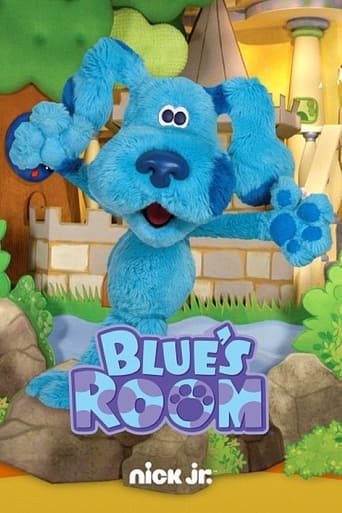
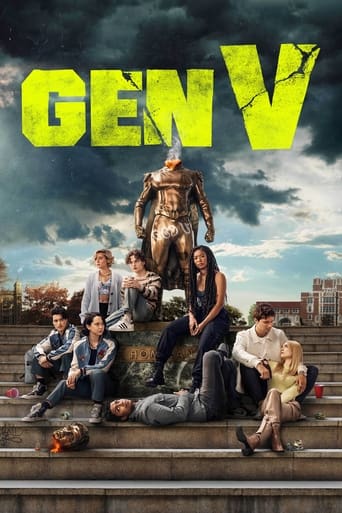


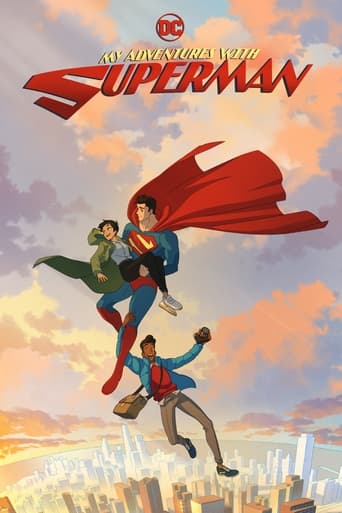
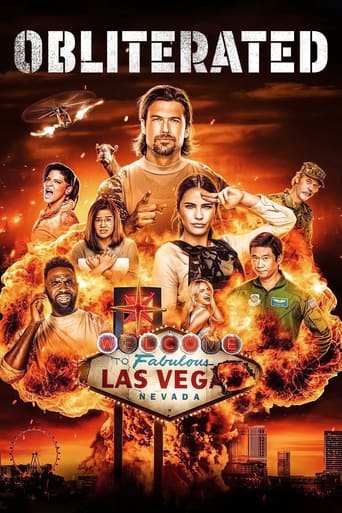
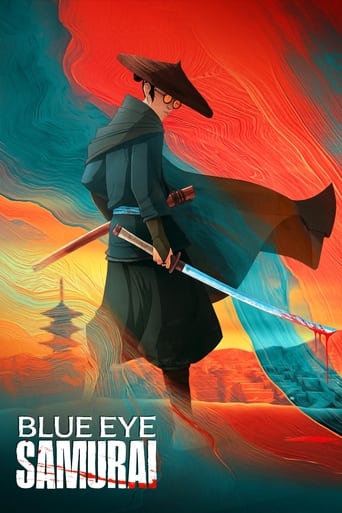
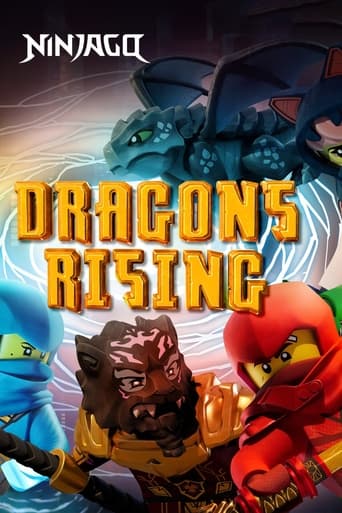
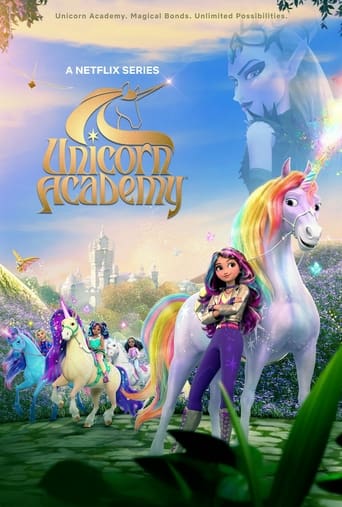
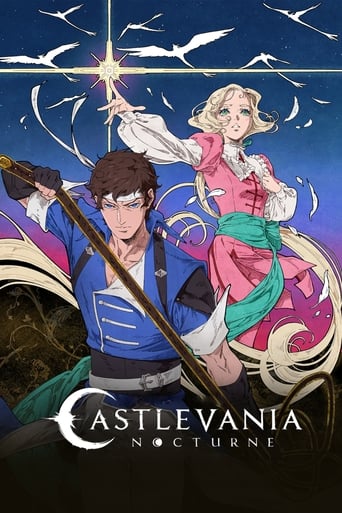

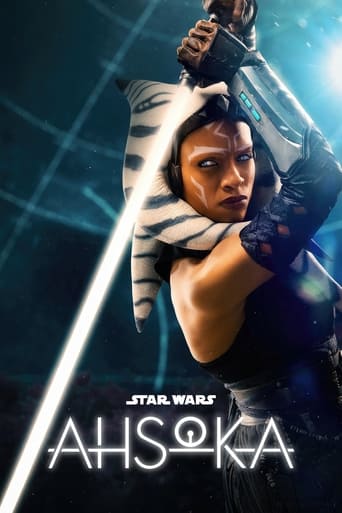
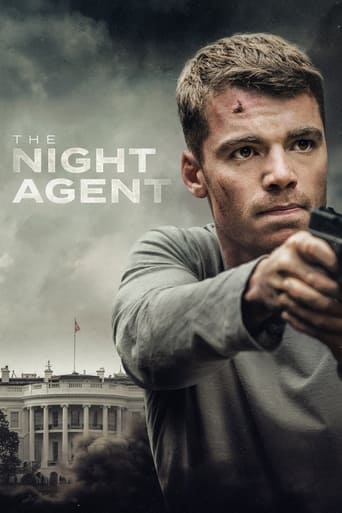
Blue's Clues
Blue's Clues is an American children's television show that premiered on September 8, 1996 on the cable television network Nickelodeon, and ran for ten years, until August 6, 2006. Producers Angela Santomero, Todd Kessler and Traci Paige Johnson combined concepts from child development and early-childhood education with innovative animation and production techniques that helped their viewers learn. It was hosted originally by Steve Burns, who left in 2002 to pursue a music career, and later by Donovan Patton. Burns was a crucial reason for the show's success, and rumors that surrounded his departure were an indication of the show's emergence as a cultural phenomenon. Blue's Clues became the highest-rated show for preschoolers on American commercial television and was crucial to Nickelodeon's growth. It has been called "one of the most successful, critically acclaimed, and ground-breaking preschool television series of all time". A spin-off called Blue's Room premiered in 2004. The show's producers and creators presented material in narrative format instead of the more traditional magazine format, used repetition to reinforce its curriculum, and structured every episode the same way. They used research about child development and young children's viewing habits that had been conducted in the thirty years since the debut of Sesame Street in the U.S. They revolutionized the genre by inviting their viewers' involvement. Research was part of the creative and decision-making process in the production of the show, and was integrated into all aspects and stages of the creative process. Blue's Clues was the first cutout animation series for preschoolers, and resembled a storybook in its use of primary colors and its simple construction paper shapes of familiar objects with varied colors and textures. Its home-based setting was familiar to American children, but had a look unlike other children's TV shows. A live production of Blue's Clues, which used many of the production innovations developed by the show's creators, toured the U.S. starting in 1999. As of 2002, over 2 million people had attended over 1,000 performances.